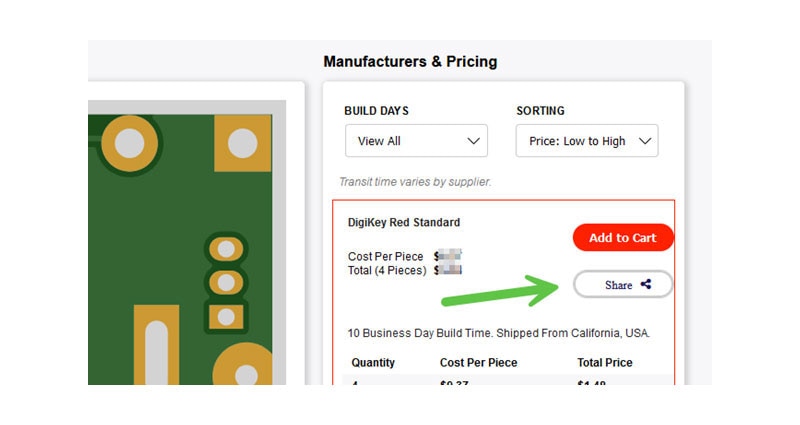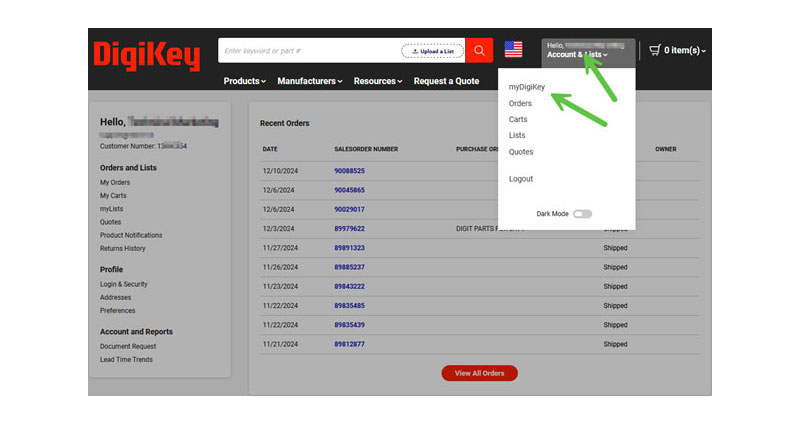Silicon Labs’ Pro Kit Speeds Your Path to Amazon Sidewalk Product Designs
The Internet of Things (IoT) is supported by many wireless protocols. This is because no single technology can possibly suit every application, so each radio is a trade-off between range, throughput, and power consumption.
Higher frequency signals carry more bits of data per second, increasing the data rate, but they tend to be more easily absorbed by everyday objects and are subject to greater fading, thereby compromising range. For example, Bluetooth Low Energy (LE) operates in the 2.4 gigahertz (GHz) band and offers up to 2 megabits per second (Mbits/s) raw data throughput, with a range of perhaps 100 meters (m) outdoors. Compare that with sub-GHz technologies using narrowband transmissions that offer a range of up to 1 kilometer (km), but offer a throughput of just a few hundred kilobits per second (Kbits/s).
While Wi-Fi uses the same 2.4 GHz frequency band as Bluetooth LE (although Wi-Fi also operates in the 5 GHz band), fancy modulation techniques enable it to offer far higher throughput, up to several hundred Mbits/s. With respect to power, Bluetooth LE can run for months from small batteries, such as coin cells, while Wi-Fi generally demands mains power or relatively bulky rechargeable batteries.
Such trade-offs can make it tricky for you to pick the best radio for your application. And even then, the closest fit can represent a compromise. But why pick just one radio when two, or even three, would do a better job? Amazon Sidewalk uses multiple radios to build a “community network.” The network securely connects consumer devices to the internet for free from nearly anywhere and stretches beyond the home out into the local neighborhood (Figure 1).
![]() Figure 1: Amazon Sidewalk builds a free community network of internet-connected devices. (Image source: Amazon)
Figure 1: Amazon Sidewalk builds a free community network of internet-connected devices. (Image source: Amazon)
Bridging the network gap
Amazon Sidewalk is currently available in the U.S. The technology is designed to close the gap between the short-range wireless technologies that service the smart home, such as Bluetooth LE and Wi-Fi, and wide area networks (WANs), such as LoRaWAN and cellular IoT. For example, your pet might be equipped with a Bluetooth LE tracker that makes it easy to find her if she stays in the yard but loses contact should she decide that the other side of the fence looks like fun. With Sidewalk, your pet would continue to be tracked down the street and around the corner.
The Amazon Sidewalk community network will always be on and underpinned by millions of Sidewalk-enabled devices already in homes and commercial buildings. Examples include the company’s Echo smart speakers and Ring security cameras. Because of this widely deployed infrastructure, there is little need for additional infrastructure to support the recent technology. The company says Sidewalk coverage already extends to over 90% of the U.S. population.
The technology combines Bluetooth LE for communication between nearby objects with sub-GHz radio for continuity of communication across longer distances. Smart devices across the neighborhood, such as Amazon Echo, Dot, and Ring act as “Sidewalk Bridges” within the network. The products allocate a small amount of internet bandwidth (up to a maximum of 80 Kbits/s) to gateway operation. Using the resources of the gateway, any Sidewalk product can connect with Amazon Web Services (AWS) in the cloud to reveal information about the device, such as its location. Amazon says Sidewalk is designed with multiple layers of privacy and security. As such, Sidewalk Bridge owners don’t receive any information about devices owned by others connected to Sidewalk (Figure 2).
![]() Figure 2: Smart devices such as Amazon Ring act as Sidewalk Bridges. Sidewalk Bridges allocate a small amount of internet bandwidth for gateway operation. (Image source: Amazon)
Figure 2: Smart devices such as Amazon Ring act as Sidewalk Bridges. Sidewalk Bridges allocate a small amount of internet bandwidth for gateway operation. (Image source: Amazon)
Getting started with Sidewalk
Amazon Sidewalk uses three radios to build its community network: Bluetooth LE for device provisioning and connection to nearby Bluetooth devices, sub-GHz frequency shift keying (FSK) for connectivity up to one mile (1.6 km), and a proprietary chirp spread spectrum (CSS) radio for even greater range (several kilometers). Sidewalk products will typically include a Bluetooth LE radio and another radio supporting one of the FSK or CSS long-range protocols.
The use of three radios might sound a bit imposing if you are new to Sidewalk development and RF in general but don’t worry. There are some good integrated development tools out there to help you get started. For example, Silicon Labs has a certified solution that comprises the Amazon Sidewalk SDK, wireless hardware, security, and development kits and tools.
The hardware is based on the KG100S-PK6130A Pro Kit for Amazon Sidewalk. It consists of a main board with a SEGGER J-Link debugger with a packet trace interface (PTI) and a virtual COM port. These enable application development and debugging of the attached radio boards, as well as external hardware, through an expansion header. The kit also features a 915 megahertz (MHz) antenna.
The Pro Kit can be used with two plug-in radio boards: the xG24-RB4187C and the KG100S-RB4332A. The first is based on Silicon Labs’ EFR32MG24 transceiver which supports Bluetooth 5.3 and other 2.4 GHz protocols. The latter radio board uses Quectel’s KG100S transceiver which combines a Bluetooth LE radio with a long-range sub-1 GHz (915 megahertz (MHz)) FSK and CSS transceiver. The KG100S includes an embedded Silicon Labs’ EFR32BG21B microcontroller (Figure 3).
![]() Figure 3: The Pro Kit, shown here with a KG100S Radio Board, makes it easier to get started on Amazon Sidewalk projects. (Image source: Silicon Labs)
Figure 3: The Pro Kit, shown here with a KG100S Radio Board, makes it easier to get started on Amazon Sidewalk projects. (Image source: Silicon Labs)
Using the Pro Kit to get started with development is as easy as downloading and installing Silicon Labs’ Simplicity Studio Version 5 integrated development environment (IDE), plugging in the Pro Kit, and using the IDE to download the Amazon Sidewalk SDK. From there, you can get operational quickly with precompiled demos, application notes, and examples. Simplicity Studio also includes advanced tools, such as energy profiling. This tool will help you optimize the microcontroller operation and keep the end-product power consumption low.
Conclusion
For the U.S. market, Amazon Sidewalk is a neat technology that brings together complementary radio technologies into an elegant community network solution that takes advantage of the infrastructure already in place, namely Amazon smart home devices. Even though the tech uses multiple radios, building products is made much easier with development tools such as the Pro Kit from Silicon Labs. Choose a radio board, plug the development kit into the company’s IDE, and download some precompiled code, and you can have a demo up and working in minutes.

Have questions or comments? Continue the conversation on TechForum, DigiKey's online community and technical resource.
Visit TechForum








